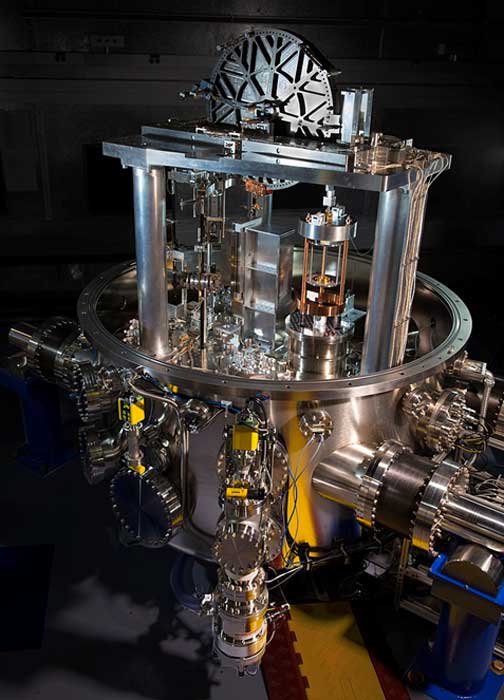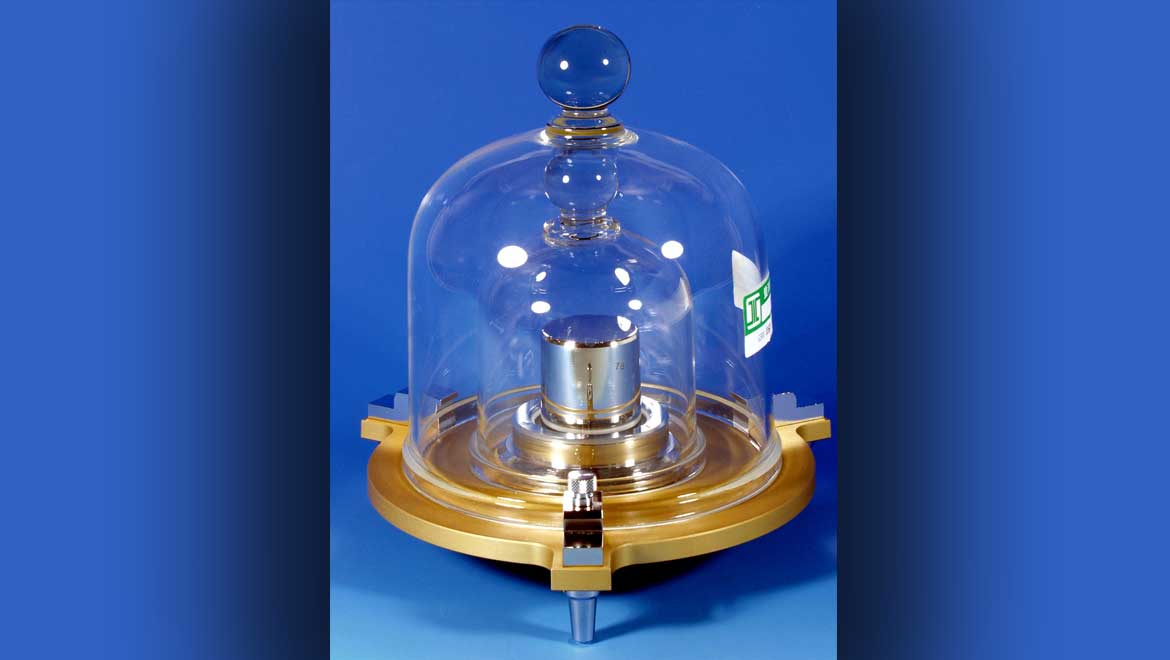The kilogram has been virtually baked into the standard of measurement known as the metric system, since the 1890s. It is frankly hard to imagine modern-day science without it, as so many papers involve its use and that of its various subdivisions (e.g., grams, milligrams, and nanograms).
However, the kilogram is only as valid as the original basis for this unit. It is a single lump of platinum and iridium, which is recognized as equating to the definition of a kilogram to the utmost accuracy and precision. But, it seems that this 'essential kilogram,' which is acknowledged and used as a template for all other kilograms worldwide, is gradually losing its authority as a unit of mass.
The Making of the International Standard Kilogram
The quintessential metallic kilogram was cast in France and represented a consequence of the French Revolution, which had overthrown the political system of monarchy and the concomitant aristocratic hierarchy by 1879. This system was so pervasive in French society that it even defined the measurements for goods and other substances used in the country.
This unit was also heavily biased in favor of the ruling class. For example, one metric for length was equal to the length of the foot of the monarch in power at the time. This inconsistency and inequity in measurement came to an end when the post-revolution government decided to implement a new system based on natural constants.
This included the kilogram, which would be defined as the mass taken up by a cubic decimeter of water. The meter, in turn, was defined as 1/10,000,000th the distance between the equator and the North Pole. Accordingly, the metal standard kilogram was forged to precisely balance out this amount of water.
Known as the International Prototype Kilogram, or Le Grand K, it was quickly adopted as the standard unit of weight. Scientists wishing for ultra-precise measurements and recordings would refer to Le Grand K, or the exact copies granted to the United States’ National Institute for Standards and Technology (NIST), to validate their findings. The actual Grand K remains locked in a vault outside Paris, under two ancient bell-jars designed to keep potentially damaging contaminants away from it.
NIST’s duplicates are kept in similar conditions. However, it appears that these measures have failed; Le Grand K has been found to have shrunk by a little. Therefore, it can no longer truly define or even represent the kilogram for the world anymore.
The General Conference on Weights and Measures (GCWM) has scheduled a meeting in Versailles in order to determine if Le Grand K is to be retired as the standard kilogram.
However, the metal bar’s deterioration is not the only reason for doing so. Many scientists assert that standard units, the kilogram included, should be based on even better, more immutable constants of the physical universe.
The Kilogram: Re-defined by Planck?
These proponents of re-evaluated measurement standards have a point. After all, the current basis of the kilogram (and the meter too) are subject to variation.
For example, the Earth’s meridian could fluctuate, and, in fact, has done so over its geophysical history and may do so again. In addition, water is not absolutely constant in its own mass over the entirety of this substance in the universe. Some water molecules may contain ‘heavy’ hydrogen atoms (known as deuterium), which shift their atomic mass upwards by tiny yet significant margins.
Accordingly, the GCWM changed the definition of a meter to the distance traveled by light in vacuum during a time interval of 1/299,792,458th of a second. This is a more consistent standard based on less geocentric constants such as the speed of light in a vacuum.
If the GCWM decides to amend the kilogram in a similar way, it will be dictated by Planck’s constant (h). This is defined as the least possible action that can be taken by a photon, and is, again, much less variable according to the laws of physics than the mass of a given volume of water.
The rest of the new kilogram’s definition will be worked out using the Kibble balance. This instrument was developed at NIST in order to super-accurately evaluate mass and weight. The Kibble balance, therefore, would be the new yard-stick, to determine what weighs a kilogram and what doesn’t, rather than lumps of metal NIST physicists currently can’t even manipulate for fear that they may lose or gain an infinitesimal amount of matter.

The Kibble balance at NIST. (Source: Jennifer Lauren Lee for the U.S. National Institute of Standards and Technology (NIST))
The GCWM’s decision, which is still unknown at present, will take effect from May 2019 onwards. However, it will not mean that the world will have to overhaul its ideas of what everything weighs.
The general equivalent of the kilogram, as with that of the meter, is not likely to change significantly.
The important point of the proposed change is that the definition of the unit no longer depends on a singular bar of metal, kept under lock and key in France or the US. In fact, it will truly and ultimately make measurements based on the kilogram "for all people and for all time," as the French revolutionaries intended.
Top Image: A replica of Le Grand K. (Source: Imgur)







No comment